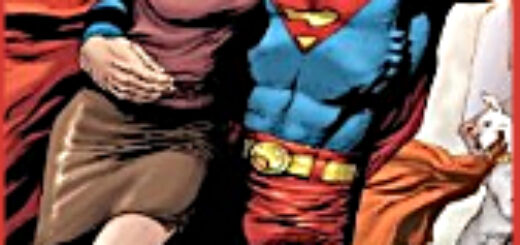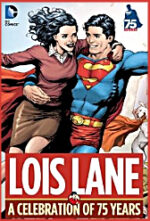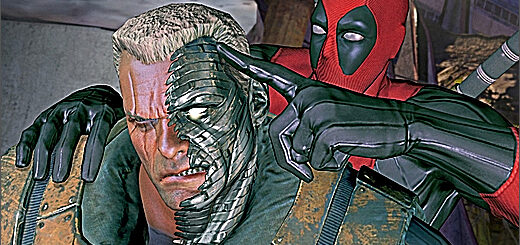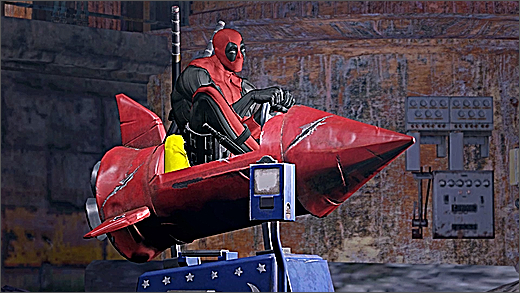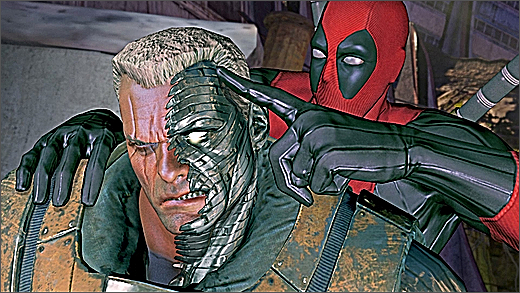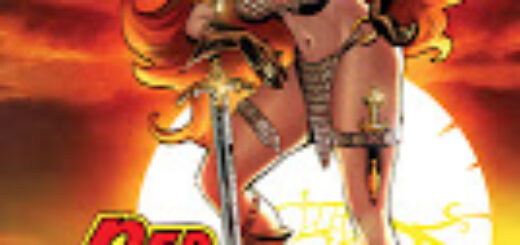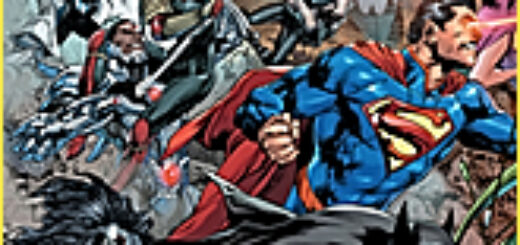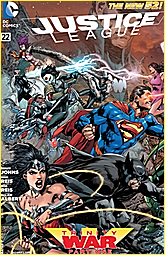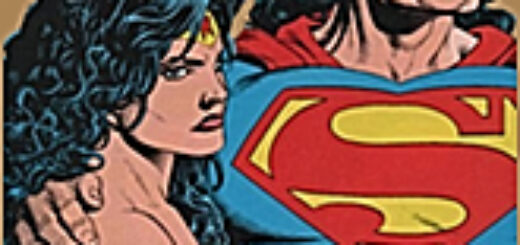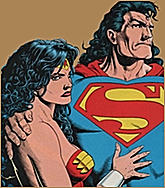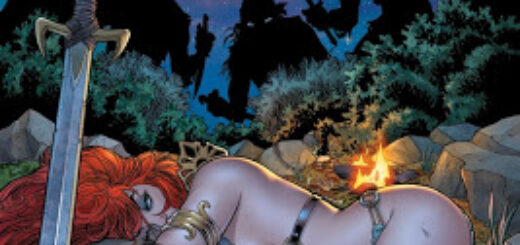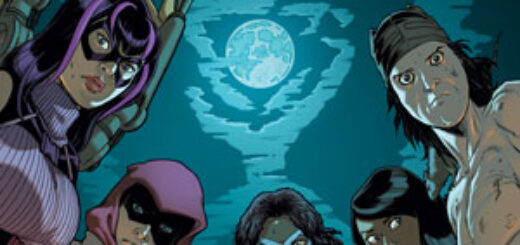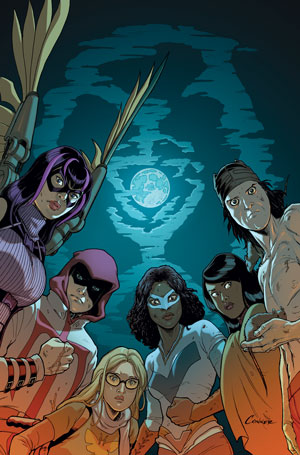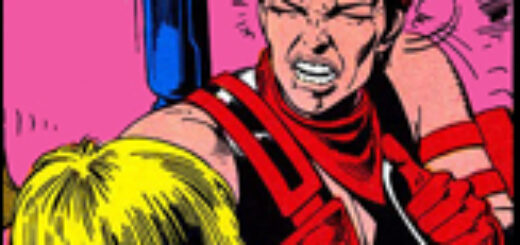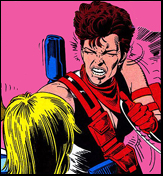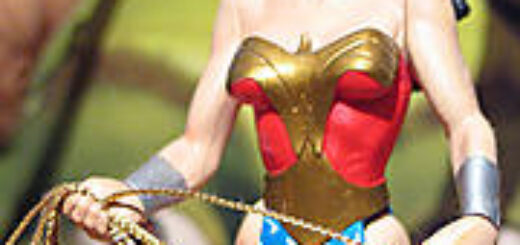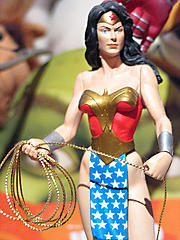MINDY NEWELL: You Say You Want A Resolution…
 Well, 2014 is six days old, and though I’m not too maudlin about it, I’m glad 2013 is over. It wasn’t my worst year ever – that was pretty much 2006, though 2009 does come close, for reasons that I’m not going into here because some things do have to stay off this page – but 2013 was the year I lost my father. No, he isn’t dead, but he is gone for good, and this is how I know.
Well, 2014 is six days old, and though I’m not too maudlin about it, I’m glad 2013 is over. It wasn’t my worst year ever – that was pretty much 2006, though 2009 does come close, for reasons that I’m not going into here because some things do have to stay off this page – but 2013 was the year I lost my father. No, he isn’t dead, but he is gone for good, and this is how I know.
We (Glenn, Alix, Jeff, and Meyer Manuel) were visiting my parents on New Year’s Day. I had brought my father up to an apartment from the nursing home division; my parents live in a continuous care adult community. We were having either a late lunch or an early dinner, and one thing about my dad, he hasn’t lost his appetite. He eats everything put in front of him, even eggs, which, in fact, he actively disliked. Anyway, my brother made a joke about how there’s nothing wrong with Daddy’s appetite and how, even when he was in a coma last year, somehow if we put food in his mouth he ate it. We all laughed (a sad, kinda bitter laugh, I think), and then all of a sudden my mom started coughing. She kept coughing. Hard. And all of a sudden I realized she wasn’t just coughing, she was choking.
I went to give her the Heimlich, but Glenn had realized what was going on the same time I did and got to her first. It took a couple of too many abdominal thrusts for comfort, but it worked, thank God. Mom sat down, cried just a little bit because she was really scared there for a moment (of course), drank some water… and I realized that my dad had just sat there during all this and continued to eat – no, wolf down – his french fries. He had been completely unaware of what was happening to his wife of nearly 66 years, of what had nearly happened. All he knew was his french fries. He was just staring at wherever it is that he stares at and eating his french fries. “That is not my father,” I thought. “My father is gone.”
So, so long, 2013. I hope the door hit you on the ass on the way out.
And hello, 2014.
What would I like to do this year?
Like Marc Alan Fishman, my fellow columnist here at ComixMix, I’d like to get back to the comics shop this year. Unlike Marc, I stopped going because of the financial blues I’ve been living with for the last couple of years, and I dream of the day I have real discretionary income in my checkbook register again. I’m making inroads, but sometimes the dream is overtaken by the nightmare, if you know what I mean.
I’d like to get off my procrastinating ass and talk to Editor Mike about a story idea that’s been floating in the back of my head for more than a couple of years. It could encompass all sorts of genres if I’m a good enough writer – a little bit of soap opera, a little bit of fantasy, a little bit of thriller, a little bit of romance, but not a little bit country or a little bit rock n’ roll. It can address a bunch of issues like racism and politics and evolution and love and hate and family and madness and sanity. That is, if I’m a good enough writer, which is the fear that keeps me procrastinating.
I’d like to stop thinking that my dreams are merely the flights of fancy of some crazy woman and act on them. Like, what the hell, why not work into a script the story of my father and his sharing a bottle of Scotch with Lord Mountbatten in Burma during World War II to Dreamworks and Steven Spielberg, whose father was a chief mechanic who was responsible for keeping those P-51 Mustangs flying the Hump in the C-B-I theatre during the war? The worse that could happen is that I hear nothing.
Or write it up as a short story and submit it to, oh, I don’t know, where do you submit a war story these days? The web is my best bet, but exactly what site? I’ll have to buy a current copy of Writer’s Digest.
Or maybe I can do in comic form after all, only then I have to find an artist. God, I wish I could draw and just do my own stuff; the toughest part of being a writer only (only a writer?) in a visual medium is seeing everything in your head so clearly but not being able to translate the whole picture onto the page.
Did I ever tell you that artists amaze me?
I’d like to go to San Diego this year. Yep, I’ve never been to the San Diego Comic-Con. I can hear all the groans now from those who have walked the floors of the convention center, hear all the complaints about how it’s not about comics anymore, that it’s now a marketing tool for Hollywood. But I don’t care. I’d like to experience it at least once. I’d like to go to some panels and I’d like to star gaze just a little bit (but not collect autographs because autographs have never interested me) and I’d like to see people I haven’t seen in too many years and I’d like to go to the beach and watch the sun set into the Pacific Ocean instead of rising up out of the Atlantic.
And I’d like to write Wonder Woman again, and do another Lois Lane book. I’d like to sit down over a cup of tea (I don’t drink coffee) or a glass of wine with Gail Simone and meet Kelley Sue DeConnick and hang out with Martha Thomases (I want to pick up knitting again, Martha!). I’d like to be on a panel about women in comics at a convention and talk about the harassment going on and challenge some of these jerks in person – you want me take me on, you’re welcome to try, assholes.
And I’d like to say thanks to everybody who read my column in 2013. Thanks to everybody who wrote in response here on ComicMix and on Facebook and the League of Women Bloggers. Thanks for all the different opinions and the discussions they engendered.
And thanks to Mike Gold and Glenn Hauman and Adriane Nash and everybody at ComicMix who continue to let me open my big mouth right here, every week, every Monday, for better or for worse.
Happy New Year!
TUESDAY MORNING: Jen Krueger
TUESDAY AFTERNOON: Michael Davis
WEDNESDAY: Mike Gold


